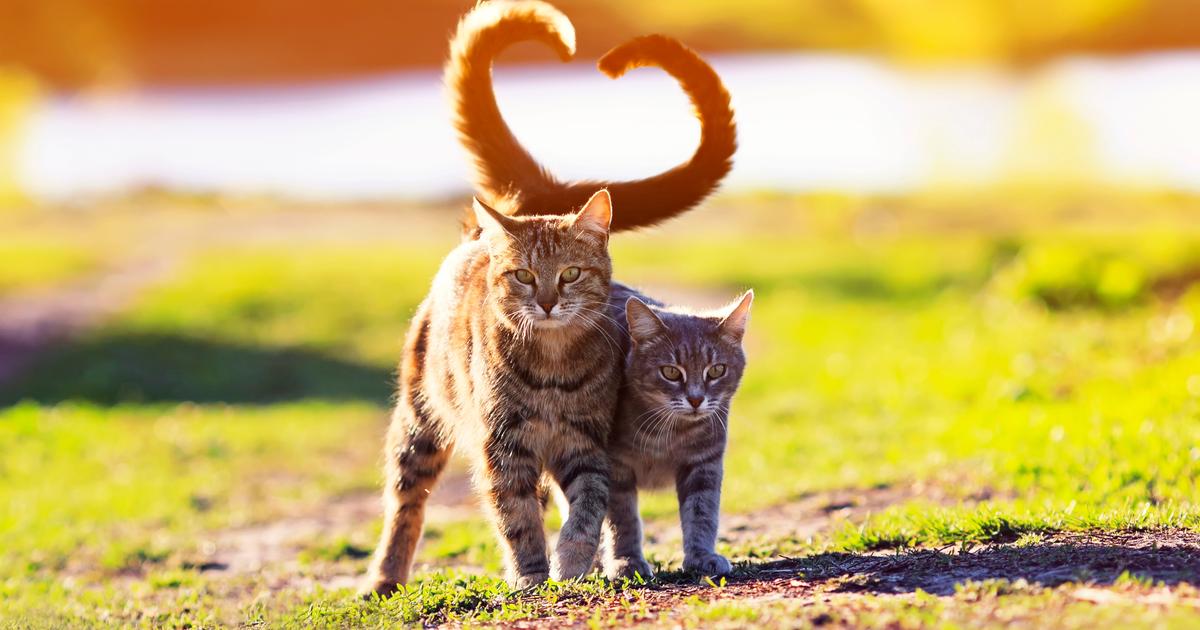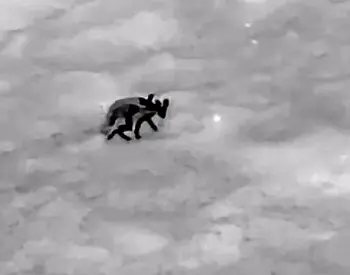Let's be the "tail" and not the head: amazing tails of the animals in Israel
Although this is the best-known and well-known blessing of Rosh Hashanah, in practice, the tail is one of the most important organs for vertebrates.
With the help of Dotan Rotem, an open areas ecologist at the Nature and Gardens Authority, we collected all the reasons for this
Dotan Rotem
09/23/2022
Friday, September 23, 2022, 00:01
Share on Facebook
Share on WhatsApp
Share on Twitter
Share by email
Share in general
Comments
Comments
The largest fish in the world in Eilat: a whale shark was recorded in the coral reserve in April 2019 (photo: Omri Omesi of the Nature and Parks Authority, editing: Tal Reznik)
"Let us be the head and not the tail"
is one of the most significant Rosh Hashanah blessings.
Well, it is clear why, but precisely in the worlds of reality, tails have diverse roles in the lives of many animals.
Let's start with a clarification - a tail is an organ that evolved in vertebrates.
Sometimes it is long and continues beyond the body of the animal, and sometimes it is short, for example in the case of those who read these lines.
While we are left with almost imperceptible remnants of a tail, for most animals the tail is mobile and they use it daily.
Looking for something to do on New Year's Eve?
Enter our special holiday page
For most animals, the tail is mobile and they use it daily.
Wolves (photo: Society for the Protection of Nature, Yuval Dex)
Sometimes the tail is long and continuous, and sometimes short, like a mouth.
Ofer Yachmor in the Bar Carmel Wildlife Reserve (Photo: Israel Nature and Parks Authority, Sarat Plaza Miara)
The tail as a propeller
Fish, sharks and marine mammals use their tails for propulsion.
The movement of the tail from side to side in gram fish and sharks or from bottom to top in marine mammals, is the engine for progress while the fins are used for stabilization and maneuvering.
During evolution, fish and sharks evolved in the sea and therefore the movement of the tail remained parallel to the axis of the body.
The marine mammals, on the other hand, returned from the land to the sea, so the movement of the tail is in accordance with the position of the vertebrae which mainly allow movement from top to bottom and less to the sides.
The main movement is perpendicular to the axis of the body - similar to the movement of the legs when swimming.
The tail is the motor for progress in sharks.
A leviathan shark seen off the coast of Eilat (Photo: Nature and Parks Authority, Shani Elosh)
The sapphire racket in the coral reserve in Eilat (Photo: Israel Nature and Parks Authority, Omri Yosef Omesi)
Nivan Echnon Kochbani (Photo: Israel Nature and Parks Authority, Omri Yosef Omesi)
The tail as a hunting and defense tool
Some sharks and dolphins use tail whipping to stun their prey and use the time that passes until it recovers to devour it.
Tails are also used for protection.
Species such as alligators and crocodiles whip their tails against a predator.
An Indian porcupine, a species found throughout Israel, curls its tail when in danger and even moves backwards.
A predator trying to use its claws may be impaled by the hairs ('spikes') of its stiff tail.
Batam species (flat-bodied sharks) have a tail spike that contains a toxin that can paralyze a potential predator.
Various lizards familiar to us from home are the geckos.
A disconnection mechanism at the connection point of the tail to the body allows them to lose the tail when attacking a predator.
The tail continues to flicker for many seconds and attract the attention of the predator while the gecko escapes.
In a few weeks she will grow a new tail.
Raises its tail when in danger and even moves backwards.
Durban (photo: official website, Ron Tzur)
Hardon Tsev HaDor in the Masib Nature Reserve in the Eilat Mountains (Photo: Israel Nature and Parks Authority, Omri Yosef Omesi
heat regulation
An uncommon trait is thermoregulation.
Mice of all kinds have a hairless tail, while most of the body is covered in brown fur hairs.
The exposed tail, therefore, serves as an organ through which the mouse can lose heat to the environment.
The exposed tail in mice serves as an organ through which they can lose heat to the environment (Photo: ShutterStock)
communication
One of the most prominent features of tails is the communication of animals with members of their own species or with other species.
In mammals such as dogs and cats at home, but also in foxes, wolves and jackals in the wild, we all know the expression "tail between the legs", which indicates a mood of fear and reluctance compared to a tail raised in the air and wagging which indicates an uplifted mood.
Males of many birds use their tails to signal to females about their physical fitness.
The most famous is of course the peacock, but also many species of roosters, ducks and songbirds use their tails to impress females.
A species of kofmai - egg chicken - that visits Israel during the migration seasons and in winter is the swamp hornbill.
This species was able to make a sound by vibrating the outer feathers of the tail.
In the nesting areas (not in the country) the males perform display flights, spread their wings and tail and vibrate the tail feathers and thus mark their territory towards other males.
The tail is also used for other communication.
In the days of those of autumn, the wagtails arrive (in English wagtail - "wagging the tail"), which wag their tails up and down and thus signal to their friends about their presence and define their living areas and their presence in the field.
The tail is used by animals to communicate with members of their own species, or with other species. The Negev fox (photo: Nature and Parks Authority, Doron Nissim)
Uses his tail to impress the females.
Male peacock (Photo: ShutterStock)
maneuver
Another and very important feature is the ability to maneuver thanks to the tail.
Long-tailed carnivores use their tails as a stabilizer and rudder during sharp movements.
We all know the nature movies where the cheetah chases its prey.
When the fleeing deer makes a zigzag run, the cheetah uses its tail to balance its body while making sharp movements.
The cheetah disappeared from the country's landscapes at the beginning of the last century due to hunting, so if we want to witness its performance we will have to use a television screen or an airplane, but perhaps one of the most interesting maneuvering abilities is actually found in birds - a variety of tails in different shapes that enable complex maneuvers.
A long tail for raptors, such as a hawk for example, enables quick changes of direction when hunting in the thicket of the forest.
As a rule, the birds of the woods and forests have longer tails that enable maneuvering in the thicket.
A forked tail in common terns and swallows is considered more resistant to weathering and enables sharp maneuvers in the air when chasing flying prey.
In birds of prey, in many cases the tail is short and wide, and when it is retired, it adds a surface area that helps in feeding.
Israeli deer.
When the deer runs away in a zig zag, the predator uses its tail to balance itself (photo: Nature and Parks Authority, Mahmoud Nassar)
A long tail for raptors allows quick changes of direction in hunting.
A bald eagle above and a golden eagle (photo: Israel Nature and Parks Authority, Yosef Abgana)
So it's true, maybe it's the most well-known blessing, but we shouldn't forget that despite the less than good public relations, it's a fascinating organ that has many and varied meanings for animals in the wild.
tourism
Trips in the country
Trips for Rosh Hashanah
Tags
a tail
Animals
New Year
Trips in the country















